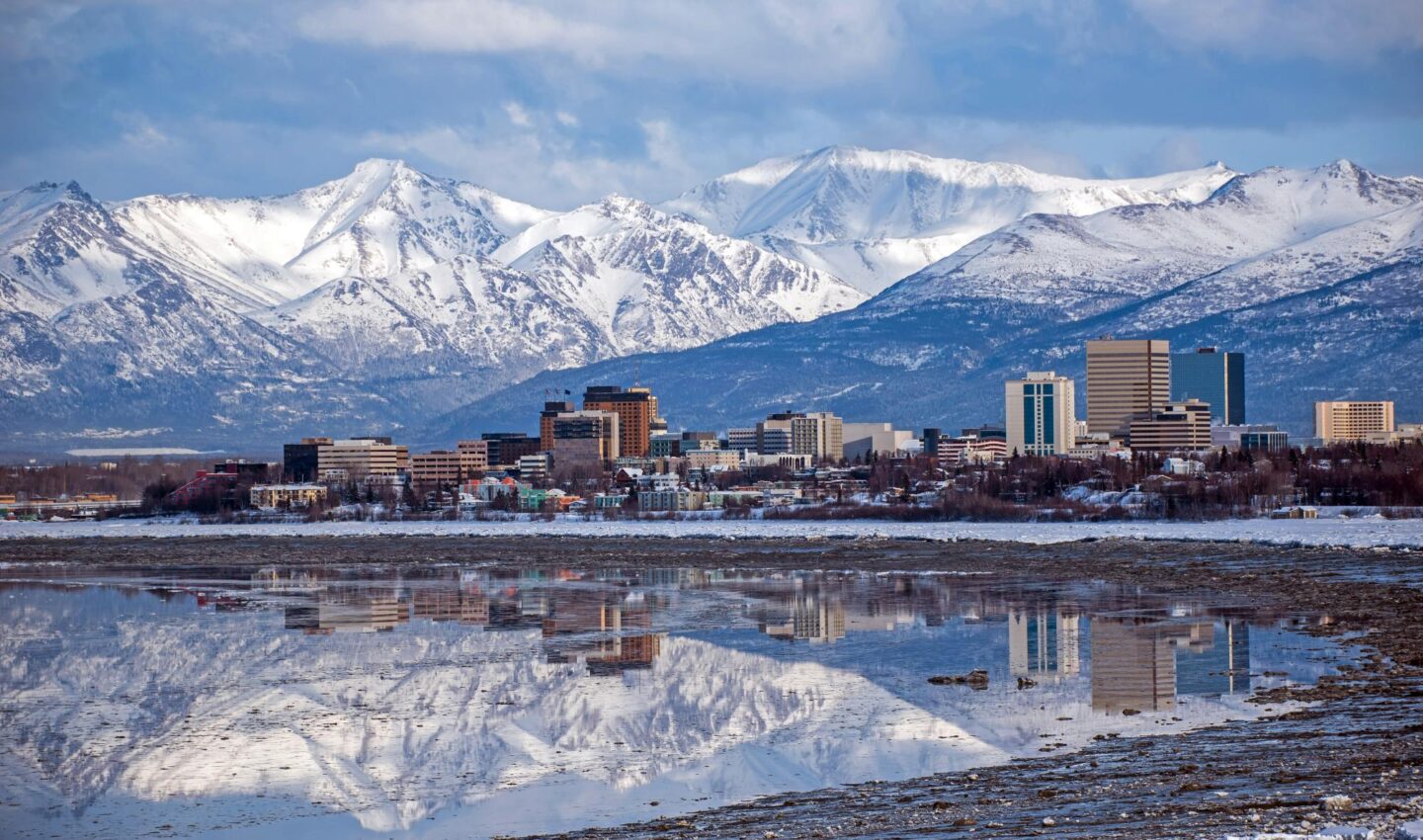Alaska’s success in heading off looming rate increases under the Affordable Care Act (ACA) provides a potential roadmap for states interested in using a federal waiver process to change their local health care markets, notes UMass Medical School health care law and policy expert Rachel Gershon, JD, MPH.
The U.S. departments of Health and Human Services and Treasury on July 11 announced approval of Alaska’s 1332 waiver.
Faced with a potential 42 percent rate increase from its only Obamacare insurer, Alaska created a $56 million reinsurance fund that helped cover the costs of care for some of the state’s sickest residents, Vox reported.
The reinsurance fund cut the overall health insurance rate increase to 7 percent while lowering the amount of money the federal government would have otherwise had to pay in premium subsidies.
“The state found by paying these reinsurance rates that they are bringing the cost of healthcare down,” says Gershon an associate at UMass Medical School’s Center for Health Law and Economics.
Alaska provides a “really interesting example” of a state using a waiver embedded in the ACA to change how the health insurance program works within its borders, notes Gershon, who has frequently written about and consulted with states on the waiver process.
Section 1332 of the Affordable Care “lets states waive – meaning get around – several key provisions of the ACA,” Gershon notes in a recent piece she wrote for STAT, a national health care publication.
Through its application for a Section 1332 waiver, Alaska is now seeking to get reimbursed for money that it argues the federal government would have otherwise had to spend subsidizing higher premiums.
“That is an example of the way states can have a little more flexibility around how they can change healthcare and maybe solve this puzzle of how do we cover people adequately and get costs within a margin we are comfortable with and that leaves room for other social spending in our society,” Gershon says.


